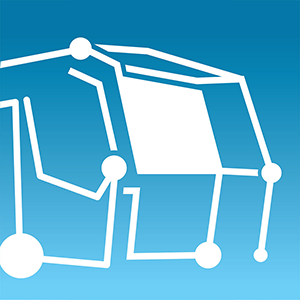
Once the renewal work has been completed, the line must be prepared for operation at standard speed again. A perfect ballast bed and the perfect track geometry are essential for safe, sustainable operations. This allows the track to meet the increasing demands of higher operational loads and a longer service life. It must also counteract higher rail stresses as a result of increased extreme weather conditions.
However, there is still some work to be done before the track can be opened:
Restore CWR track
After tamping, the new rails are welded with a flash-butt welding machine (e.g. with machines from the Plasser FlashWelder series). The rail sections are welded very quickly and precisely to the planned rail length, e.g. from 360 m to 720 m.
For continuous welded rail track which takes the correct tensioning temperature of the rails into account, closure welding is still necessary:
Back in business with proven quality
The track is then measured with a track inspection vehicle. Some of the measuring tasks are already integrated into the track renewal machines and the MDZ. In addition, a DRP can be used for post-measuring and recording. A measurement record is created and given to the infrastructure manager. This serves as the basis for reopening the track section.
If the track is electrified, the overhead contact line is checked and, if necessary, readjusted to match the new track geometry.
Once all the work has been completed, the quality checks have been carried out, and the track has been accepted in accordance with the rules of the relevant railway administration, the track can be used immediately at full speed.
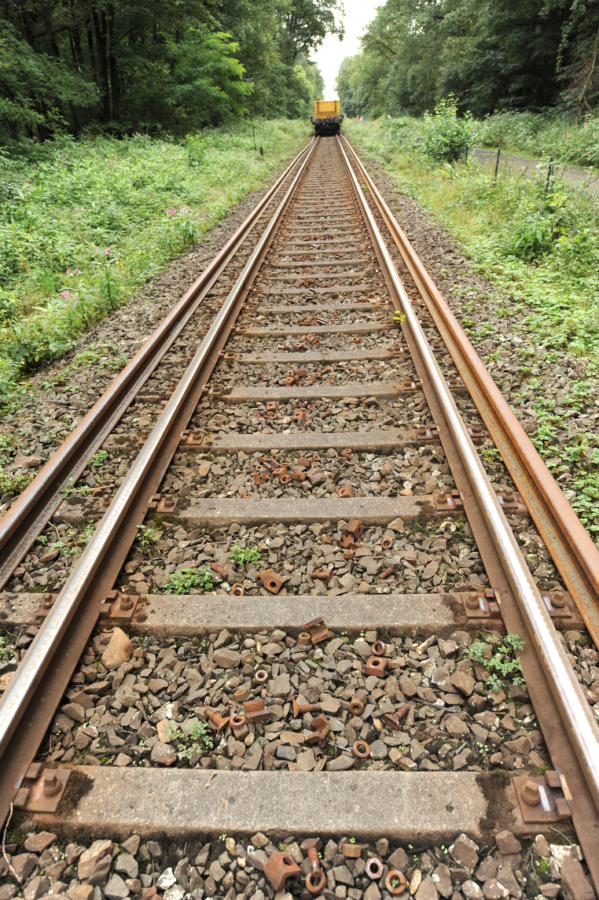
Track before renewal
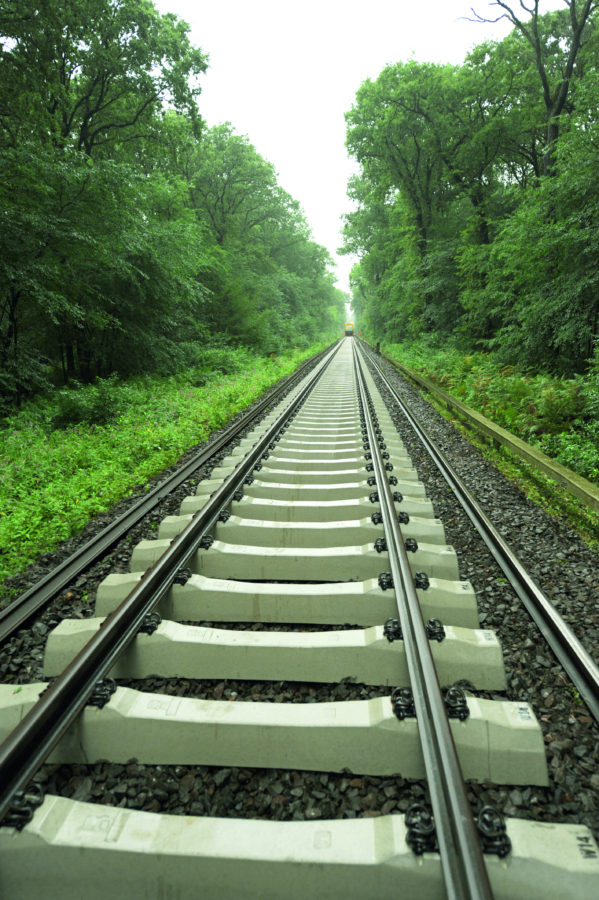
Track after renewal with new sleepers and rails
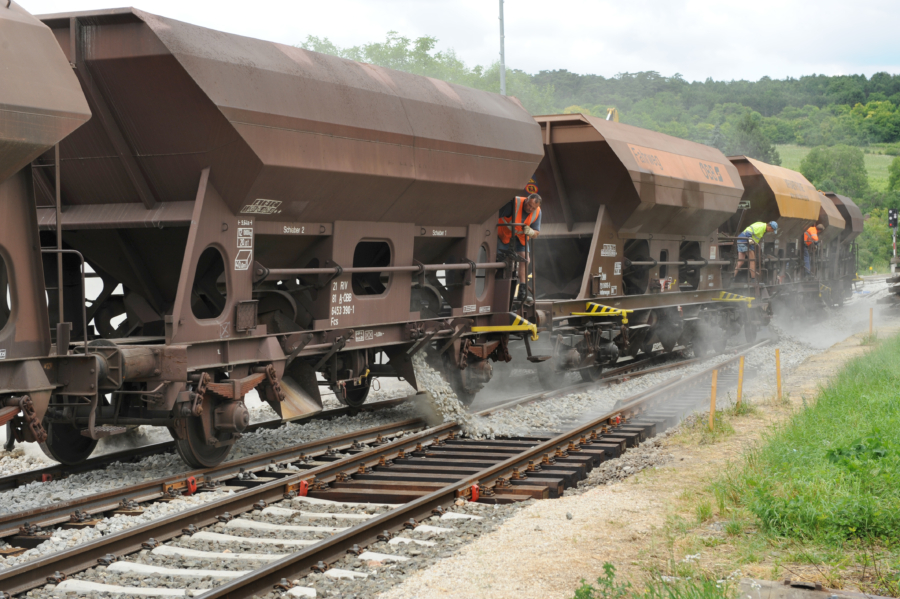
Place ballast in the newly laid track
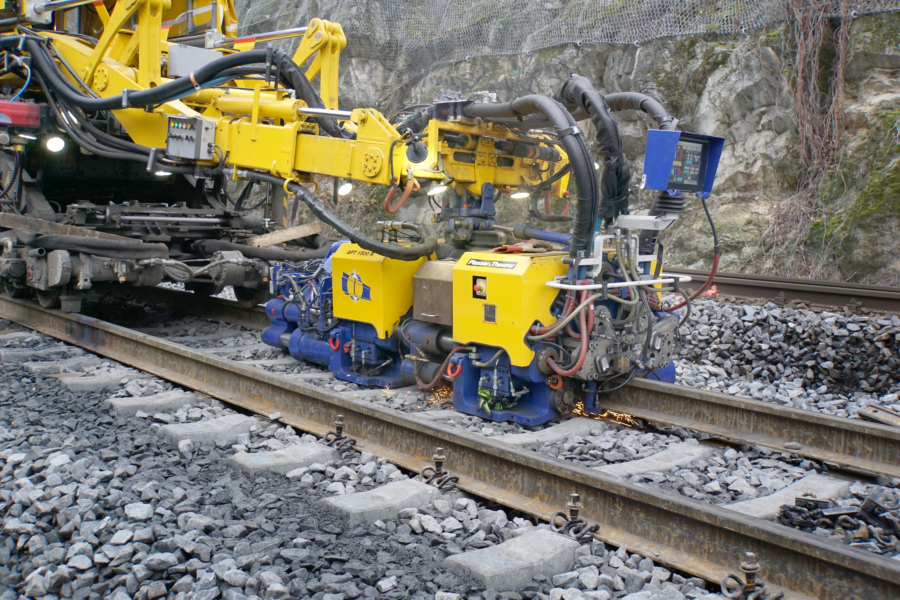
Compact the ballast layer by layer and create the final track geometry (level and alignment) and the ballast profile with an MDZ mechanized track maintenance train (tamping machine, ballast profiling machine, Dynamic Track Stabilizer)
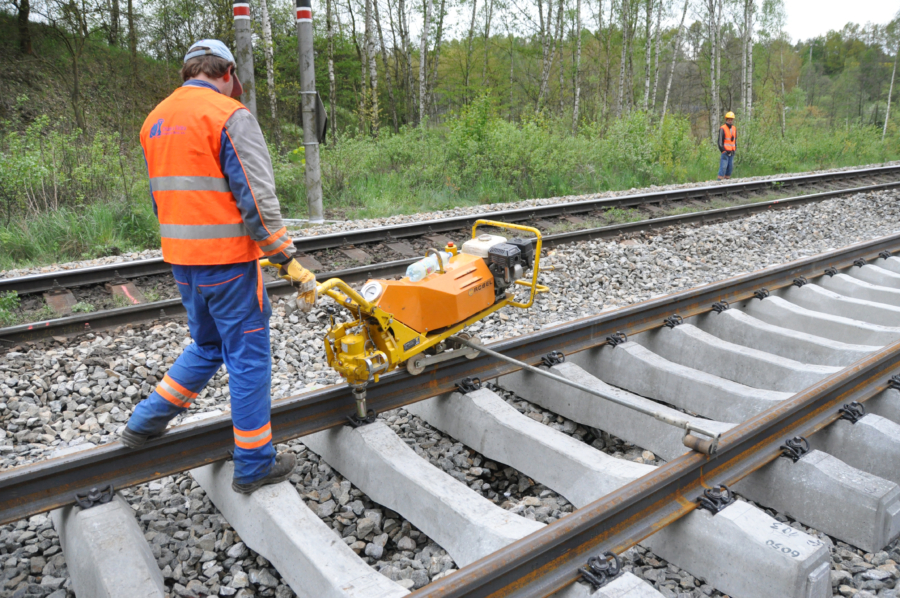
Loosen the rail fastenings for tension compensation
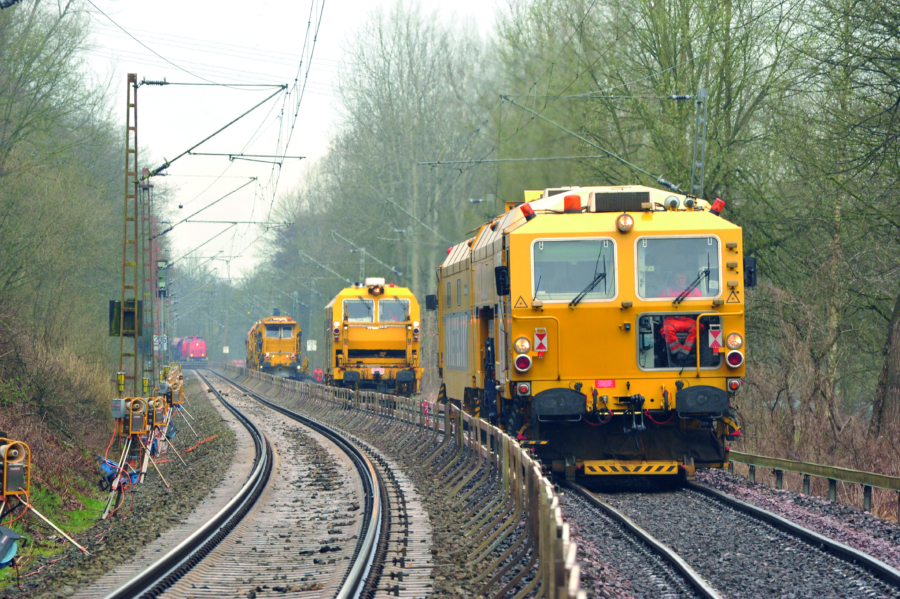
Weld the rails (e.g. with a flash-butt welding machine from the Plasser FlashWelder series)
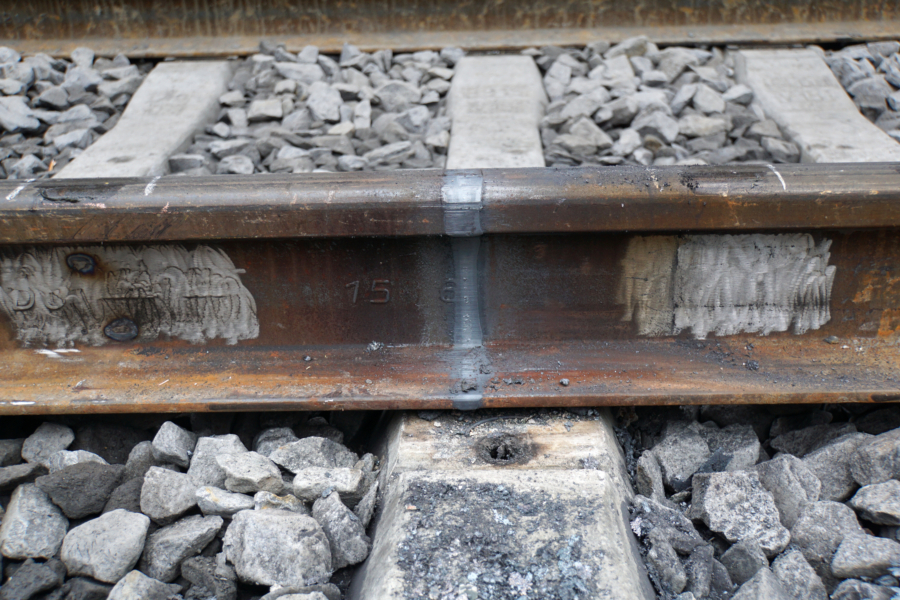
Ground weld joint
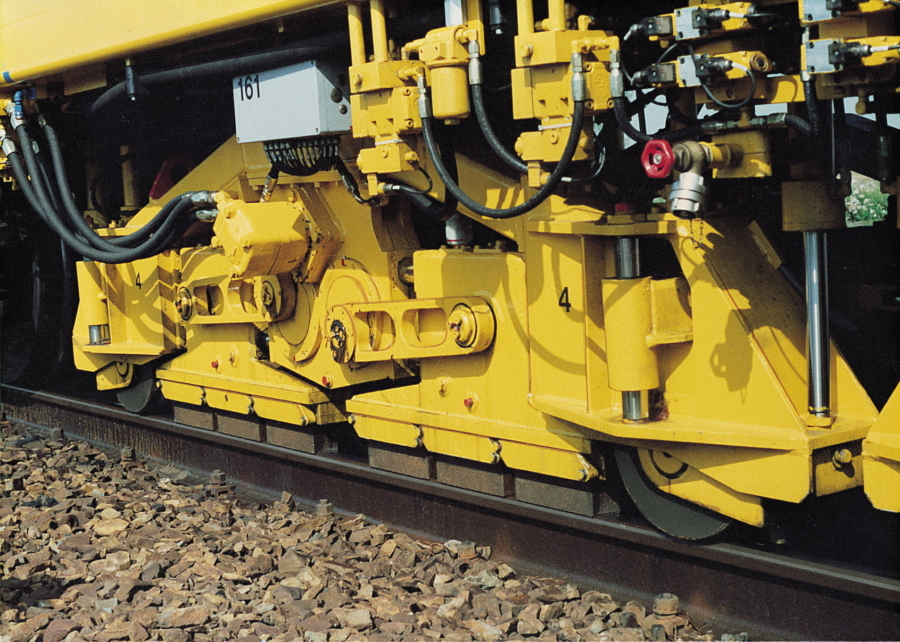
Grind the new rails
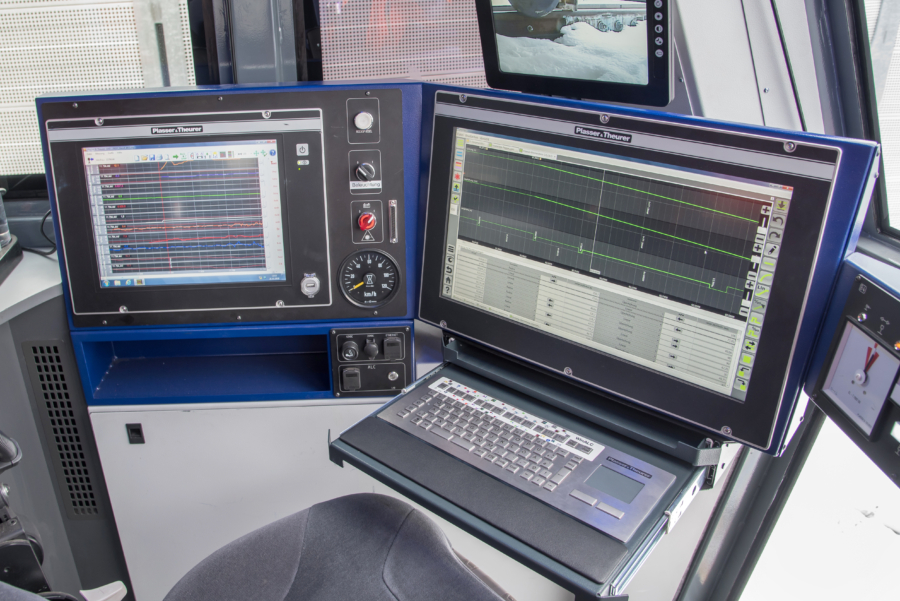
Post-measuring of the renewed track can be recorded and documented using the DRP.
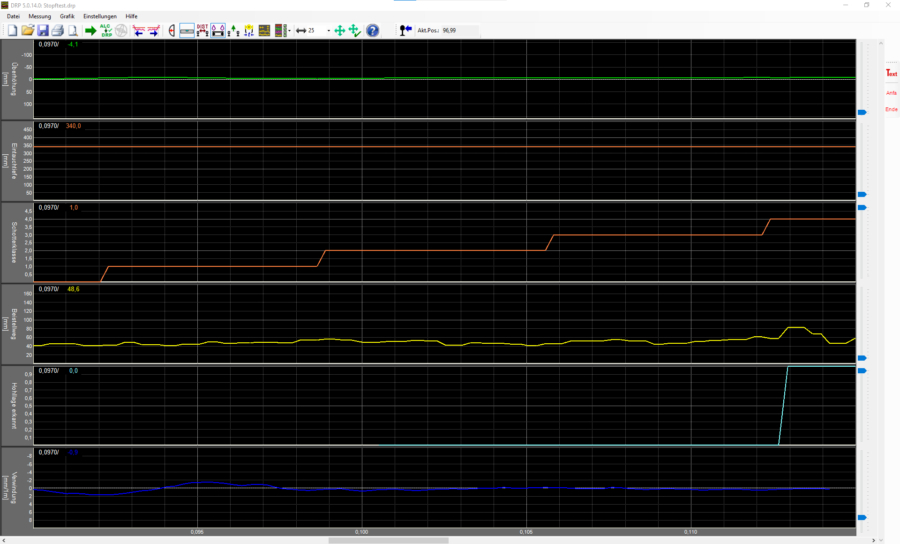
Measurement recordings are an essential part of acceptance reports and for reopening the track
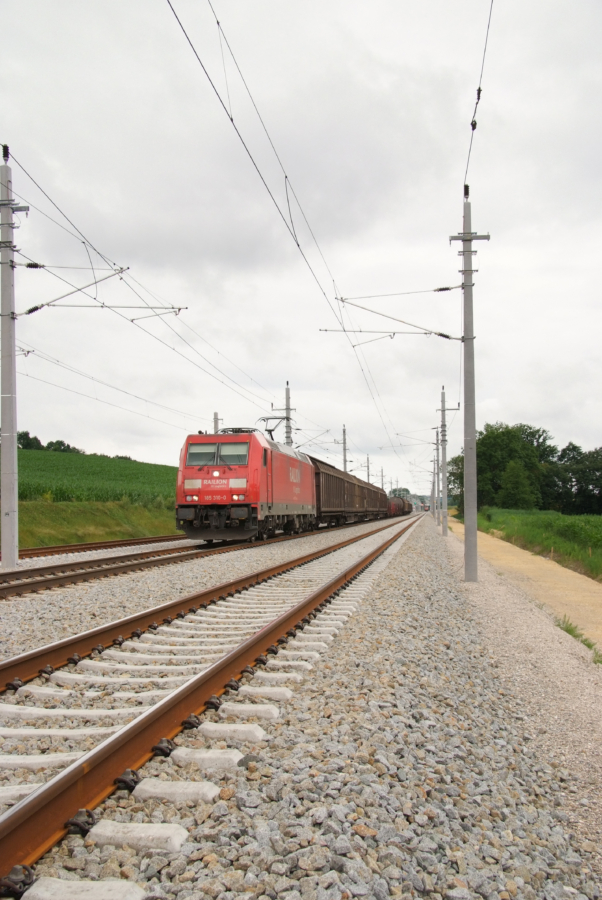
The renewed track can be put back into operation.